Australia is a fantastic destination to explore. But what to bring on your trip? Check out this convenient Australia packing list now.
Australia is the land of vast deserts, vibrant cities, unique wildlife, and breathtaking coastlines. A trip to this fascinating country requires good preparation, especially when it comes to packing.
Whether you’re backpacking through the Outback, surfing the Gold Coast, or exploring the cultural highlights of Sydney and Melbourne, a thoughtful packing list is essential. In this blog post, you will read about what you absolutely must not forget when you go Down Under.
Backpack or suitcase?
Let’s start with the basics, because what are you going to travel with? Are you team suitcase or team backpack? Both have their advantages and disadvantages.
Backpack
The biggest advantage of a backpack is that it makes you more flexible since you have your hands free. A good backpack is also comfortable to wear, which comes in handy when you have to walk a bit over uneven terrain.
The disadvantages of a backpack are that it is less suitable for long trips with lots of luggage and you have less space. Besides, sometimes it’s not so clear to get your stuff out because it’s hard to organize.
Suitcase
A suitcase is often nice and roomy and uncluttered, so you can see all your stuff at a glance. In addition, suitcases offer better protection for fragile items due to hard walls. A suitcase with good wheels is also convenient to move around, especially when it comes to flat surfaces.
Unfortunately, suitcases are a bit trickier to travel with if you are precisely not going over a flat surface, it doesn’t roll as well and the wheels can break from that. And then a suitcase is very awkward to lift. In doing so, you are less flexible, because you always need a hand to pull or push it forward.
As you can see, choosing between a backpack and a suitcase for Australia depends on your travel style, length of travel, and personal preference. To recap:
- Backpacks are ideal for adventure travelers who do a lot of traveling around, go camping or appreciate comfort while carrying.
- Suitcases offer more space, protection, and organization, and are suitable for travelers who want to get from A to B comfortably with more luggage.
I myself am team backpack. In fact, I traveled around Australia on public transportation. Because of this, I often had to walk stretches to the accommodation (somehow this was often uphill) and I always find that easier to do with a backpack. But, of course, the choice is entirely up to you!
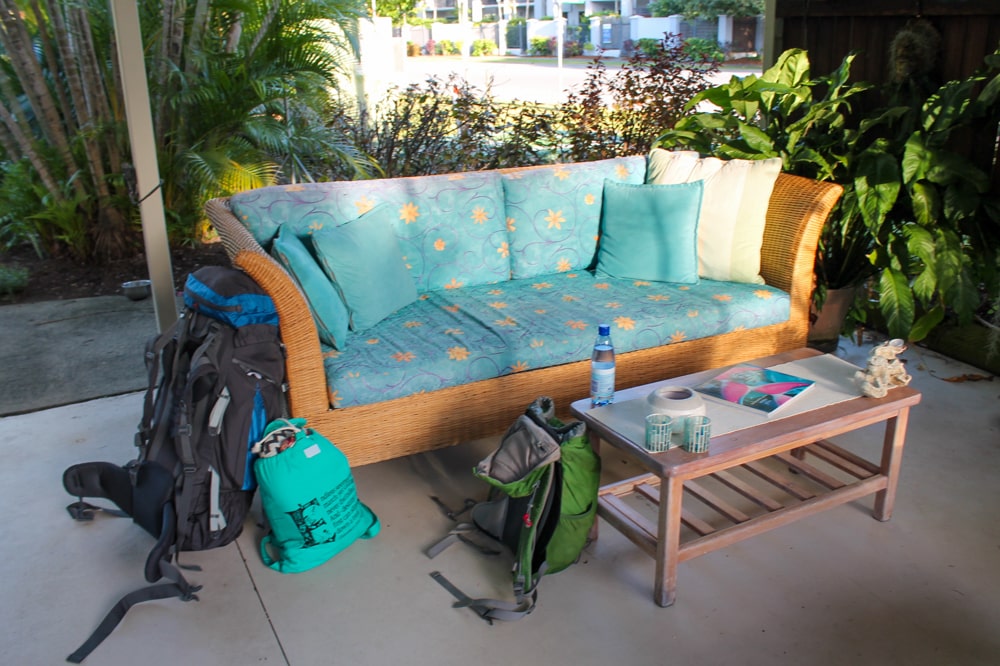
Australia Packing list
And now for that handy packing list Australia! What should you really not forget when traveling to Australia?
Important documents and essentials
Let’s start with the essentials. Without these documents, you won’t enter Australia or get into trouble during your stay.
- Passport: Of course, a valid passport is essential. Make sure it is valid for your entire stay in Australia.
- Visa: For a lot of passports, you need a visa to enter Australia. There are several options, check this website to see what they entail. For most travelers, it will be a tourism visa. Apply for the visa on time. An eVisitor visa for visits of up to three months is free.
- International driver’s license: If you’re drivers license is not English and you plan to rent a car or RV, you will need an international driver’s license.
- Travel insurance: Accidents happen and good travel insurance with world coverage is indispensable. Check Insubuy for options and prices.
- Copies of important documents: Take copies of all your important documents and keep them separate from the originals. Also make sure you can find these documents online, by putting them in the cloud or emailing them to yourself, for example.
Clothing & accessories
Australia’s climate climate varies greatly from region to region. The north has a tropical climate, while the south is more temperate. The central desert areas can be extremely hot during the day and surprisingly cold at night. Layering is the code word when packing clothes for your trip to Australia.
- Light clothing: For most areas and during the summer months, light garments such as T-shirts, shorts, and dresses are essential.
- Warmer clothing: For evenings and southern areas, a warm sweater and long pants are recommended. If you have constantly changing temperatures during your trip, it is helpful to bring a zippered vest or zip-off pants. You’ll have those on (or off) in no time.
- Rain gear: A light raincoat or poncho can be useful, especially in tropical areas where sudden showers occur. But also don’t think that the weather in the cities is predictable, during my visit to both Sydney and Melbourne it was sunny one moment and pouring the next.
- Swimwear: With so many beautiful beaches, swimwear should definitely not be missing from your suitcase (or backpack).
- Comfortable walking shoes: Whether you want to wander through the cities for hours or take a nice hike in a nature park, comfortable walking shoes are a must. These do not necessarily have to be big heavy mountain boots, athletic shoes with good tread (such as trail runners) are also good.
- Flip-flops or sandals: If you can regularly be found on beaches and in warm areas, it’s nice to swap your (hot) shoes for breezy sandals or flip-flops from time to time. I myself have a pair of sandals by Teva, that I bring with me on every trip. They are so comfortable that I can walk for hours on them.
- Water shoes: Planning to go snorkeling? If you are not wearing flippers, it is helpful to wear water shoes. In this case, you won’t cut your feet in case you accidentally hit some rocks or coral.
- Hat or cap: A wide-brimmed hat or cap provides extra protection for your face and neck.
- Sunglasses: A good pair of sunglasses protects your eyes from UV rays.

Personal hygiene
The Australian sun is intense, and sun protection is crucial to prevent sunburn and skin damage.
- Toothbrush and toothpaste
- Shampoo (and conditioner if necessary)
- Soap or shower gel
- Deodorant
- Sunscreen: Choose a high protection factor and water-resistant sunscreen. Also see if your sunscreen is reef-friendly, especially if you are going to swim in the sea.
- Insect repellent: Especially in tropical regions and during evening hours, an effective insect repellent is indispensable.
- First aid kit: A basic first aid kit with band-aids, disinfectant, and painkillers.
- Personal medication: In case you need personal medication during your trip. It may be helpful to ask for an English-language printout of this from your doctor or pharmacist as well.
- Hand sanitizer: So you can always make your hands clean (or at least bacteria-free).
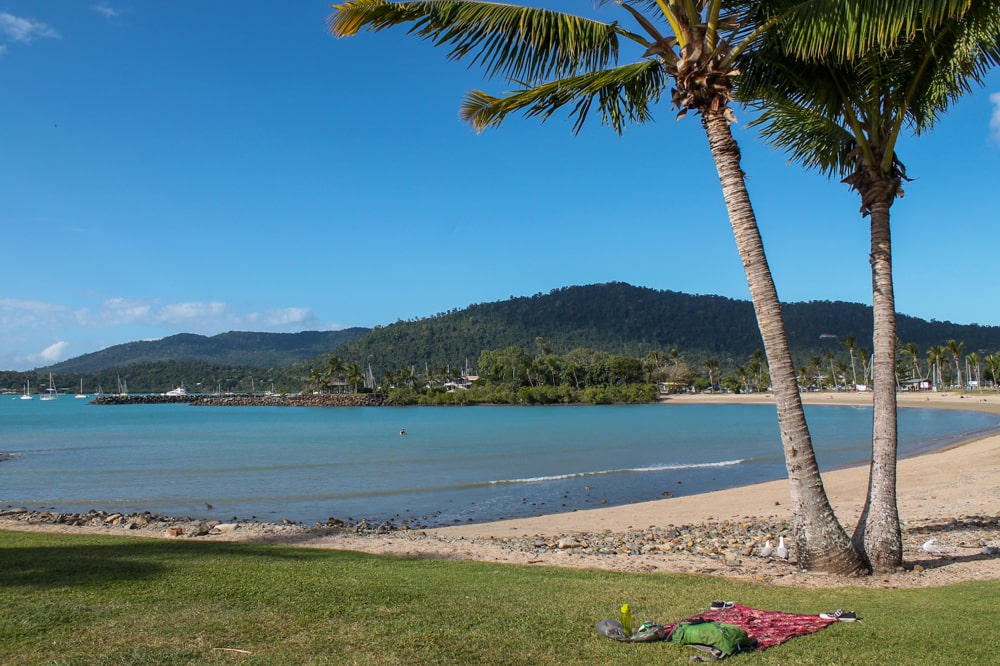
Electronics and adapters
Traveling without electronics is out of the question in the 21st century, so here’s a list of handy electronics and adaptors.
- Smartphone and charger: With your phone, of course, you can enjoy navigating and keeping in touch with the home front. Tip: if you want to stay connected in Australia, it is convenient to purchase an E-sim from Airalo. With the code JACOBA4108, you get an additional $3 off.
- Travel adapter: As Australia has different electricity sockets (type I) than many other countries, it’s smart to bring a travel adapter. If you’re also traveling with a laptop or hair dryer, it’s helpful to bring a grounded plug (with three pins).
- Powerbank: For long days outside or when you don’t have access to power, a powerbank is handy to have with you. Personally, I always travel with a 20,000mAh power bank, with it I can charge my phone as many as five times.
- Camera: The landscapes and animals in Australia landscapes are very photogenic, so don’t forget to bring a good camera for all those breathtaking photos. System cameras are usually very good and also lightweight. I myself have a mirrorless camera by Sony.
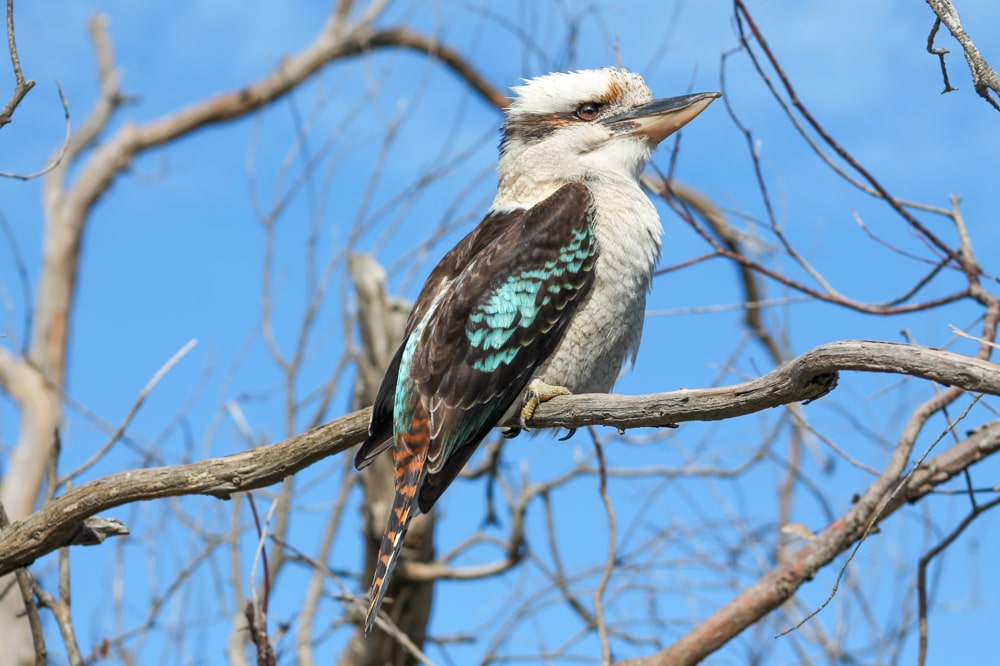
Pay
You would almost forget, but you also need means of payment to buy food and drinks and do fun things on site.
- Credit card: A must for big expenses (as you are usually insured) and you can pay with it almost anywhere. Virtually all credit cards are accepted in Australia, including VISA, Mastercard, and American Express.
- Debit card: You can also pay with this in Australia. It is also convenient to withdraw money (using your debit card is often cheaper than using a credit card. Do check in your bank card if it is set to “world,”. Sometimes it’s only set for one country or a continent (my Dutch card is usually only for Europe).
- Cash: It is always handy to have some Australian dollars with you for small expenses as well. You can withdraw some cash at an ATM upon arrival, at the airport, or at the first place you visit in Australia.
More packing tips
What else can you use for your trip to Australia?
- Water bottle: Stay hydrated! A refillable water bottle is environmentally friendly and saves money. You can drink water from the tap in Australia, but in remote places it may be better to boil your water first.
- Sustainable shopping bag: Many Australian states have banned plastic bags, so a reusable bag is handy for groceries or as a beach bag.
- Travel guide and maps: While digital maps are handy, a physical map or travel guide can come in handy in areas without mobile coverage.
- Drybag: Incredibly useful for keeping your important items dry, especially in a tropical environment with lots of rain or on the coast.
- A towel or pareo: For those wonderful beach days or fun picnics.
- Earplugs and sleep mask: Are you staying in a hostel or a noisy hotel? Earplugs and a sleep mask make it easier to shut off.
What not to with you to Australia?
Some items are not so convenient to carry, or simply should not be carried. A brief overview.
This should not come with you to Australia
Australia, of course, is a (very large) island, so they are very careful about what can and cannot enter the country. For example, you are not allowed to import fresh food (including fruit). On this page, you will find everything that you’re not allowed to bring to Australia.
This is not convenient to take with you to Australia
Avoid unnecessary clothing, oversized items, unnecessary adapters, full toilet bags, paper travel guides, clunky shoes, excess medications, too much cash, unnecessary travel insurance, and heavy luggage. Pack smart so you can enjoy your trip to the fullest.
Have fun in Australia!
So, these were my tips for your Australia packing list. I hope it helps you in preparation for your trip. Remember to check your documents, adapt your luggage to different climates and think about your health and safety. With this packing list, you will be well prepared for your adventure in Australia. Have fun!
Book a trip to Australia
Haven’t booked your trip to Australia (yet) and are looking for useful websites for booking your trip? Here’s a handy overview:
✈️ Plane tickets – Australia has multiple international airports. For example, you can fly to Sydney, Melbourne, Cairns and Perth. Check WayAway to find the best deals and get cashback on plane tickets.
🚘 Rental car – Australia is a great country for a road trip and with a rental car you will see the most! Check Rental Cars to find the best deals. Please note that in Australia they drive on the left side of the road.
🚍 Travel by bus – You can also travel long distances in Australia by bus. Buses run to almost all popular tourist attractions. You can book tickets via Busbud.
💊 Travel insurance – Having good travel insurance will give you peace of mind. Check Insubuy to find the best travel insurance that fits your needs.
🎡 Tours and activities – Are you interested in guided tours and interesting activities? Make sure to check out Get Your Guide.
Read more about Australia
Are you looking for more Australia tips, and want to learn about the best sights? Get one of these great travel guides:
In addition, you can also read more about a trip to Australia on this website. Check out these blog posts as well:
- Top 20 most beautiful places in Australia
- 3 week Australia itinerary: highlights of the East Coast
- What to do in Sydney? 15 tips!
Subscribe to my newsletter for great travel stories and tips on the most beautiful destinations.
Hi, and how nice of you to read this disclaimer! As you may understand, maintaining a website like this is not free. Therefore, I would love it if you use the links in this article for booking or buying something you like. If you use these links to book or buy anything, I’ll get a small commission at no extra cost to you. Thanks! Support this website.

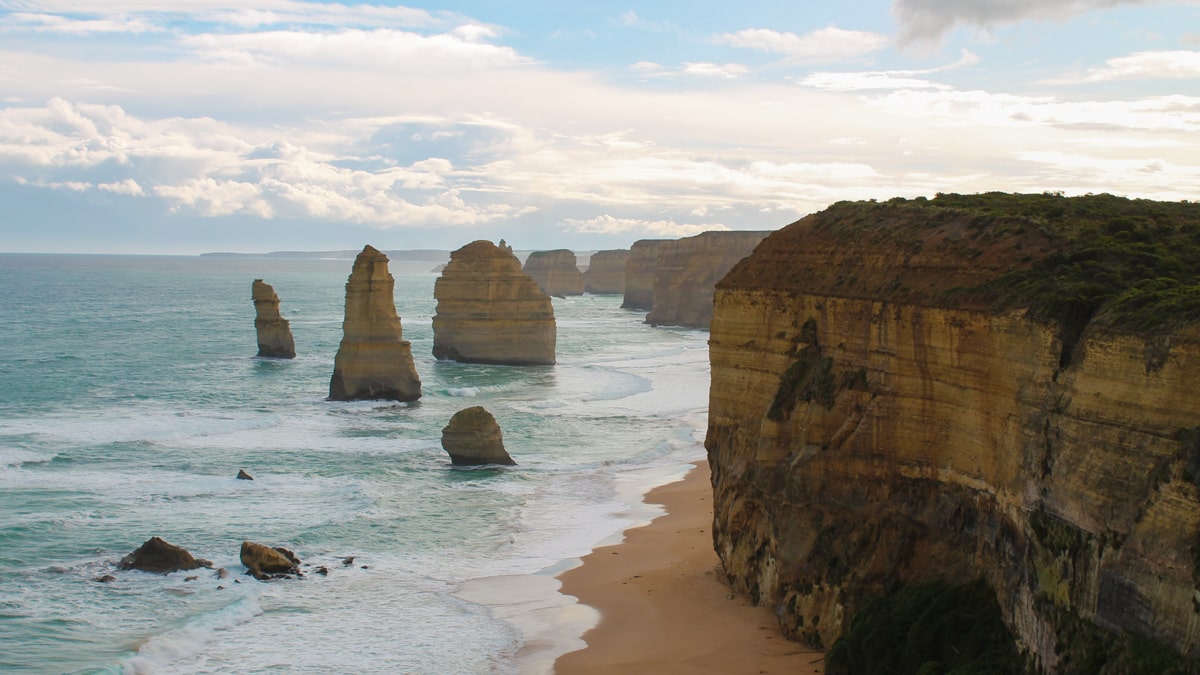

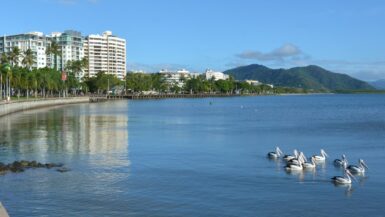
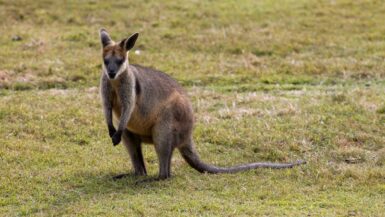
Leave a reply